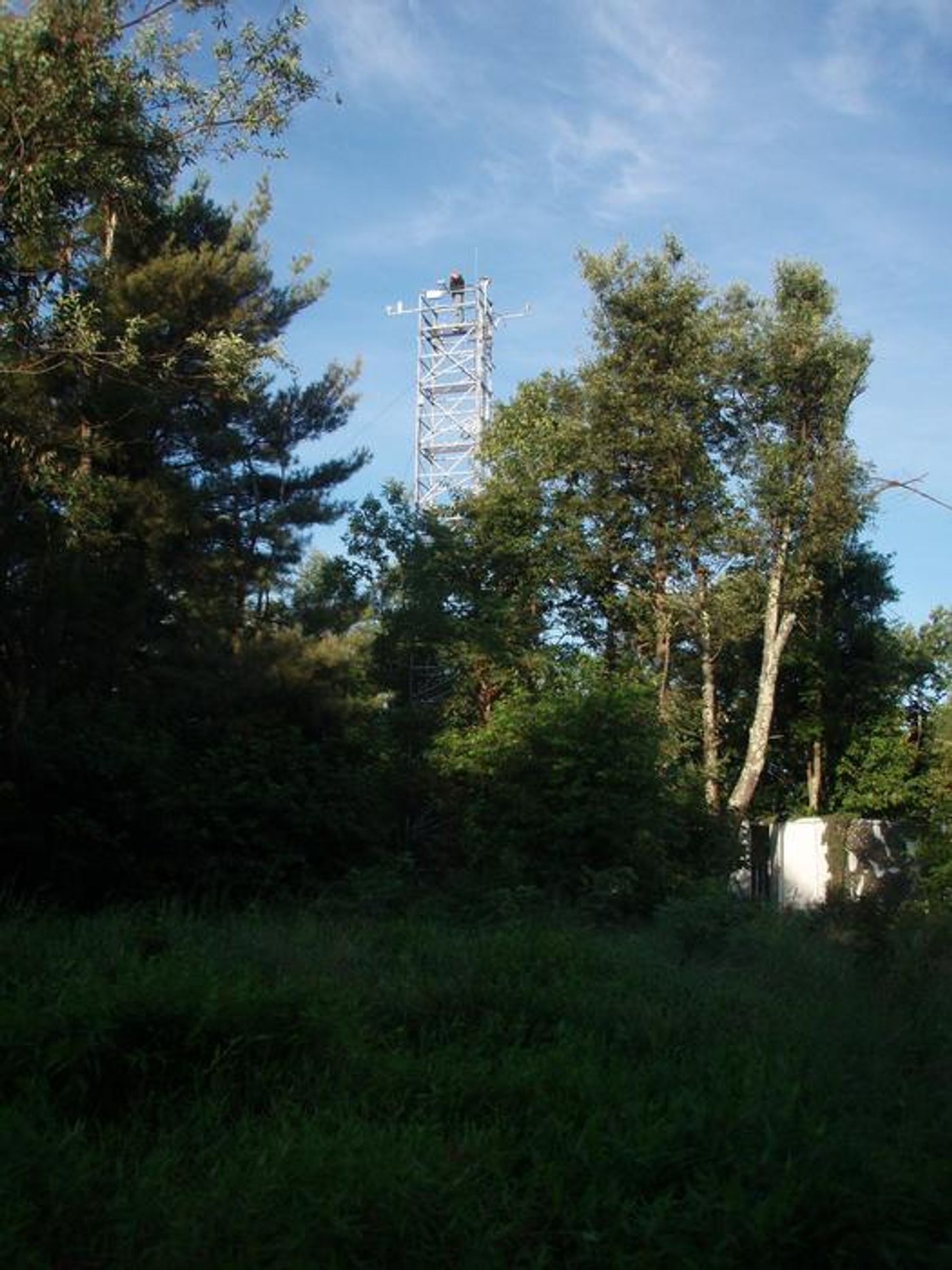How Will Climate Change Continue to Impact Plants and Soils for Carbon Sequestration?
A recent study published in Nature Ecology & Evolution examines how the effects of climate change, specifically the increasing global temperatures, will contribute to long-term impacts of plants and soils and their abilities to conduct carbon sequestration, or removing carbon emissions from the atmosphere. This study holds the potential to help scientists better understand the long-term effects of climate change and what steps need to be taken to mitigate them.
“Right now, plants in the terrestrial biosphere perform a ‘free service’ to us, by taking between a quarter and a third of humanity’s carbon emissions out of the atmosphere,” said Dr. Anna Michalak, who is a Senior Staff Scientist at Carnegie Science and a co-author on the study. “As the world warms, will they be able to keep up this rate of carbon dioxide removal? Answering this is critical for understanding the future of our climate and devising sound climate mitigation and adaptation strategies.”
Plants can remove carbon dioxide from the atmosphere through photosynthesis, but they also exhale certain amounts of carbon dioxide, as well, like humans exhaling through respiration. Better understanding the balance between what plants take in and give out will paint a clearer picture for developing better climate change models going forward.
For the study, the researchers used dozens of carbon dioxide monitoring towers across North America to determine how warming temperatures impact plant respiration at large scales, as previous studies have only examined small plots of land. The researchers discovered that temperature sensitivities for plant respiration were lower than state-of-the-art models had previously indicated and were surprised to find that plant respiration exhibits a lower sensitivity to warming temperatures than previously hypothesized.
“Although our work indicates that North American ecosystems may be more resilient to warming than plot-scale studies had implied, hitting the brakes on climate change ultimately depends on us ceasing to inject more and more carbon into the atmosphere as quickly as possible,” said Dr. Michalak. “We cannot rely on the natural components of the global carbon cycle to do the heavy lifting for us, it is up to us to stop the runaway train.”
Image of a carbon dioxide monitoring station tower in Shenandoah National Park in Virginia. (Credit: National Oceanic and Atmospheric Administration)
Going forward, the researchers recommend additional studies are required to confirm their findings in hopes of better understanding how plant respiration is impacted by warming climates.
What new discoveries will scientists make about the links between plant respiration and climate change in the coming years and decades? Only time will tell, and this is why we science!
Sources: Nature Ecology & Evolution, United States Geological Survey, Carnegie Science, National Geographic, National Oceanic and Atmospheric Administration
As always, keep doing science & keep looking up!









